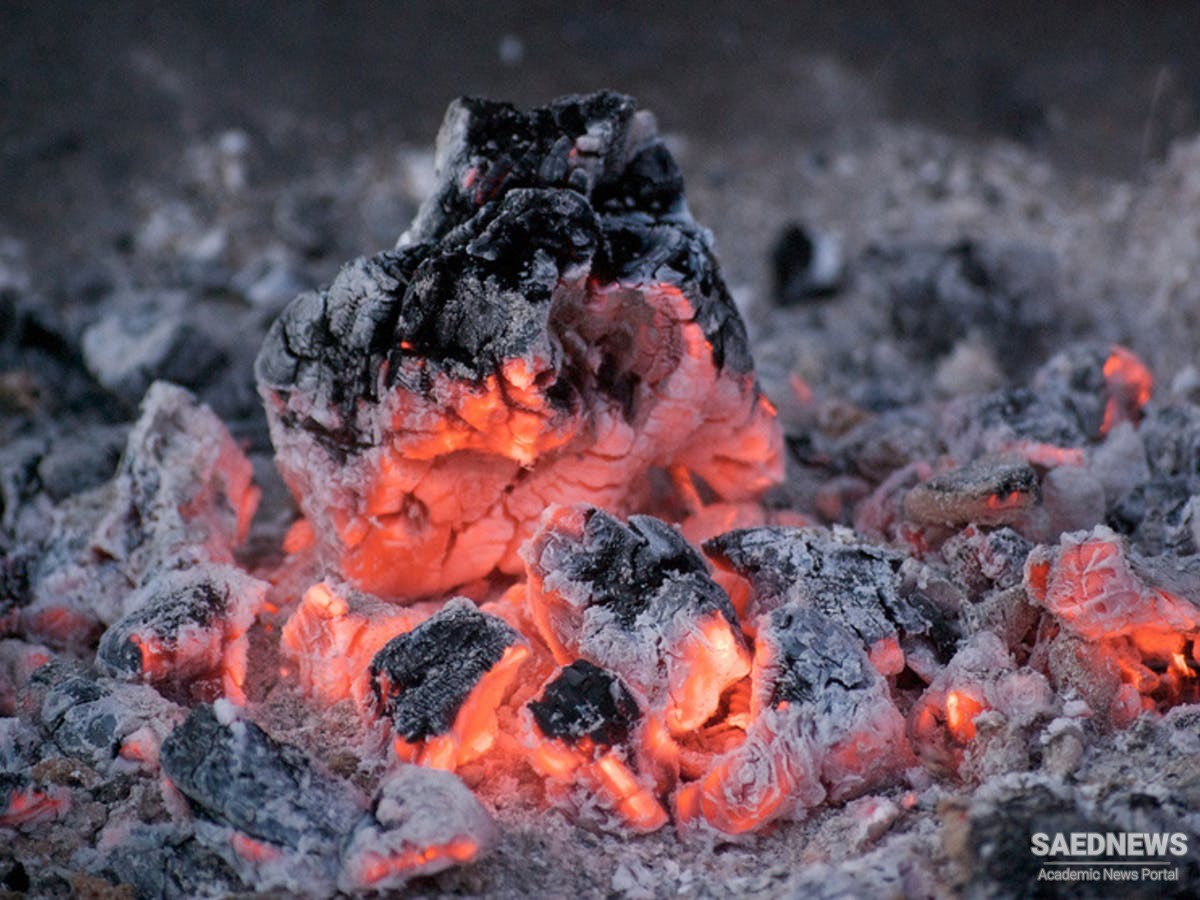It was first used as a fuel in either India or China about 2000 years ago and it was certainly known to the Greeks and Romans. In mediaeval Europe it was in use for industrial purposes, especially in dyeing and brewing, but not for domestic heating. In the absence of chimneys, the fumes from burning fuel had to find their way out through windows or any other available opening; the products of combustion of wood and charcoal were apparently tolerable, but those of coal were too offensive.
From the middle of the sixteenth century coal production in Britain increased considerably, in mining areas in South Wales, Scotland and, above all, Northumberland and Durham, all coastal regions whence the coal could be transported to London and other centres by sea (hence the term ‘sea-coal’). In Elizabethan times, town skylines began to be punctuated by chimneys, to enable the domestic user to burn coal, with effects on the environment that provoked a sharp reaction from the authorities. From the early seventeenth century, anxieties about timber supplies led to prohibitions of its use in certain industries. In 1618 glass-makers had to turn to coal, covering their pots to prevent harmful fumes affecting the molten glass.
The iron masters were considerable potential customers, but periodic efforts to smelt iron ore with coal during the century ended in failure. The sulphur often present in coal transferred itself to the iron, rendering it brittle and useless. The problem was overcome by using coke instead of coal (see p. 153). Brewers had found in the seventeenth century that coal fumes affected the brew unpleasantly, but substituting coke left the flavour unimpaired. The real technological breakthrough came in 1709 when Abraham Darby, at Coalbrookdale in Shropshire, succeeded in smelting iron ore by first converting the coal into coke.
For economic reasons as much as innate conservatism the new process made slow headway but, with increasing demand and technical improvements in iron production, surged ahead in the 1750s, and a decade later coke-smelted iron overtook charcoal iron, which was virtually extinct by the end of the century. In other countries, where the balance of timber and coal supplies was different from Britain, charcoal remained in use much longer.


 Fuels: Wood and Charcoal
Fuels: Wood and Charcoal














































